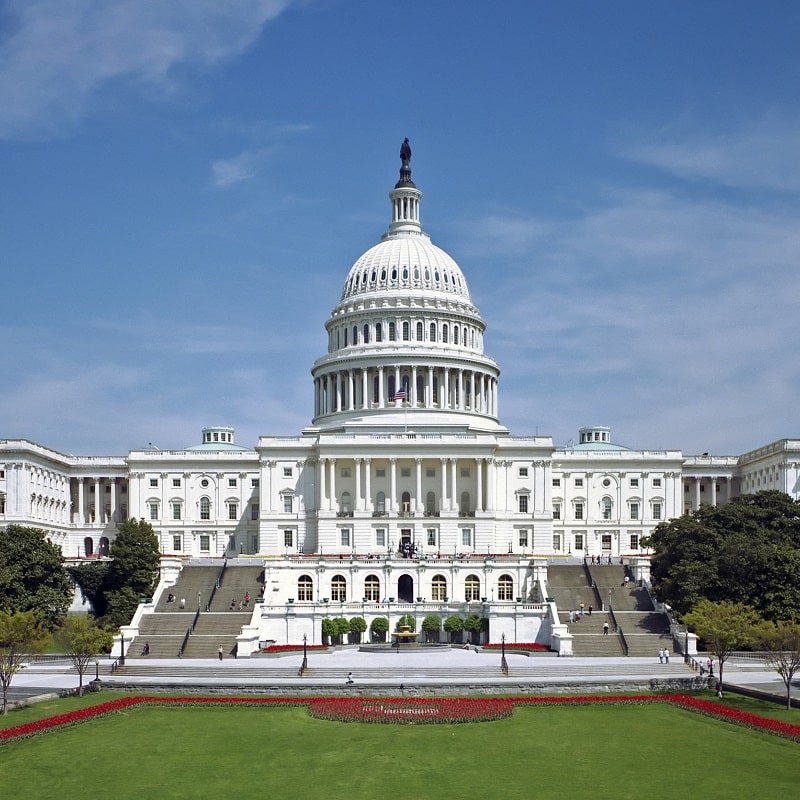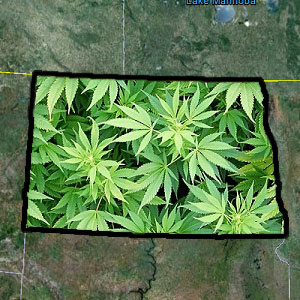
Anxiety disorders are the most common mental illness in the U.S., affecting 40 million adults in the United States age 18 and older
For the government to accept cannabis use as an acceptable recreational drug, it’s clear that something needs to change. While opinions of marijuana have become more lax over time, the degree of change is moving far too slowly. Part of the problem is that those that oppose the drug are the ones with the loudest voice, and they carry with them the appearance of authority simply because they have successfully branded those for the legalization as “drug users.”
This is, of course, a self-fulfilling label. If one claims that marijuana is a harmful, addictive drug, then one can label those that use it as drug addicts, even though that title is misleading. The problem is that this occurs with nearly every debate. Opponents of cannabis, both because of the media and from their own rhetoric, have managed to show the “other side” as a group that is simply trying to score more drugs, and not one that is fighting for a worthy cause.
So in order for changes to take place, something needs to change. While it’s tempting to think that the world will suddenly start to accept cannabis for what it really is, the reality is that it is going to take a lot of work, and part of that work is going to be changing the language of the marijuana debate.
Marijuana and Anxiety
Changing the language is no easy task, and it needs to start at the ground floor, targeting specific negative associations and changing those associations into positive ones. One example is with marijuana and its link to anxiety.
Some studies and anecdotal evidence have shown that marijuana may actually increase anxiety and cause panic attacks. Once that association came out, the media responded with its usual drastic overreaction, claiming that marijuana had potential side effects that could cause serious anxiety issues.
This, of course, is not true — or at least not to the extent that the media claimed it to be. What few studies there were didn’t correctly mimic the actual effects of cannabis, and even the NIH admits that no real link has been found linking marijuana to panic attacks and anxiety. Any anecdotal evidence is also meaningless, because:
- Dosing may not have been controlled.
- Marijuana may have been laced with other drugs.
- User’s setting, experience, and concern over the drug were not accounted for.
If a first time user that is afraid of the effects of marijuana takes an overdose of cannabis they bought on the street laced with a stimulant, it’s pretty clear their experience would be atypical and not indicative of the actual effects or benefits of marijuana as a drug.
Yet marijuana users know how relaxing the drug can be. Indeed, it’s one of the best parts about cannabis. Something here is clearly amiss, and that is why how marijuana can be used for anxiety is a great example of how the language and the debate needs to be changed.
 How to Frame Marijuana as a Solution for Anxiety
How to Frame Marijuana as a Solution for Anxiety
Changing the language is not going to be easy. Below are some potential ideas that may or may not help to change the way that people view marijuana and anxiety:
- Find, Fund, and Support Research
Rather than talk about what marijuana does do, it may be advantageous to focus on simply trying to get more research in the field. When someone that uses marijuana tries to talk about the effects it has, they’re often speaking from their own experience. That’s not enough to change legislation, and may actually harm your case if you’re trying to convince someone that your opinion carries weight. What you need is real, controlled research, that you can point to as evidence that there are benefits to those with anxiety.
- Compare and Contrast to Modern Medicine
All medicine has side effects, and some medicines have considerable issues with panic and anxiety. Talk about marijuana as though it is already a medicine — not just one used by cannabis culture. Talk about it as though it’s already been approved for regular use, even though it hasn’t. This will start to give the words more authority and hopefully (subtly) change how people start to view marijuana.
- Be Careful/Cautious with First Timers
Controlling the anecdotes is also an important part of changing the landscape. This involves some personal responsibility, such as never pressuring someone into taking cannabis, making sure that any new person is comfortable, and choosing only the safest varieties out there to avoid any lacing problems. Most people already take these types of precautions, but there are still some that promote the drug recklessly and they may be doing far more harm than good to their cause.
- Be Professional
When arguing the merits of marijuana, give an air of professionalism. Show that whether it’s social anxiety disorder or panic attacks or something else, there are benefits, and make sure that you look the part of someone that knows what they’re talking about. It sounds like a small change, but appearance, voice, and stature all play a significant role in the way you promote your message.
- Be Proud Of Your Story
If you used cannabis to self-medicate for your own anxiety issues, wear that story with pride. Make sure you put a human (but professional) face to the effects of anxiety, explaining how you managed to improve your life thanks to the success of the drug.
Changing the Face of Anxiety
The above list represents just a few ideas of how to change the debate on marijuana and anxiety, and admittedly there are so many factors that go into this debate that it is difficult to know that any will have the desired effect. But what is clear is that the debate needs to be changed. Cannabis supporters need to take control of the rhetoric, not only about anxiety issues, but also about other potential benefits of legalization. It’s important that these changes be made now, to help promote the use of this beneficial herb in the world.
Courtesy of the fine folks at the Medical Marijuana Blog and republished with special permission







